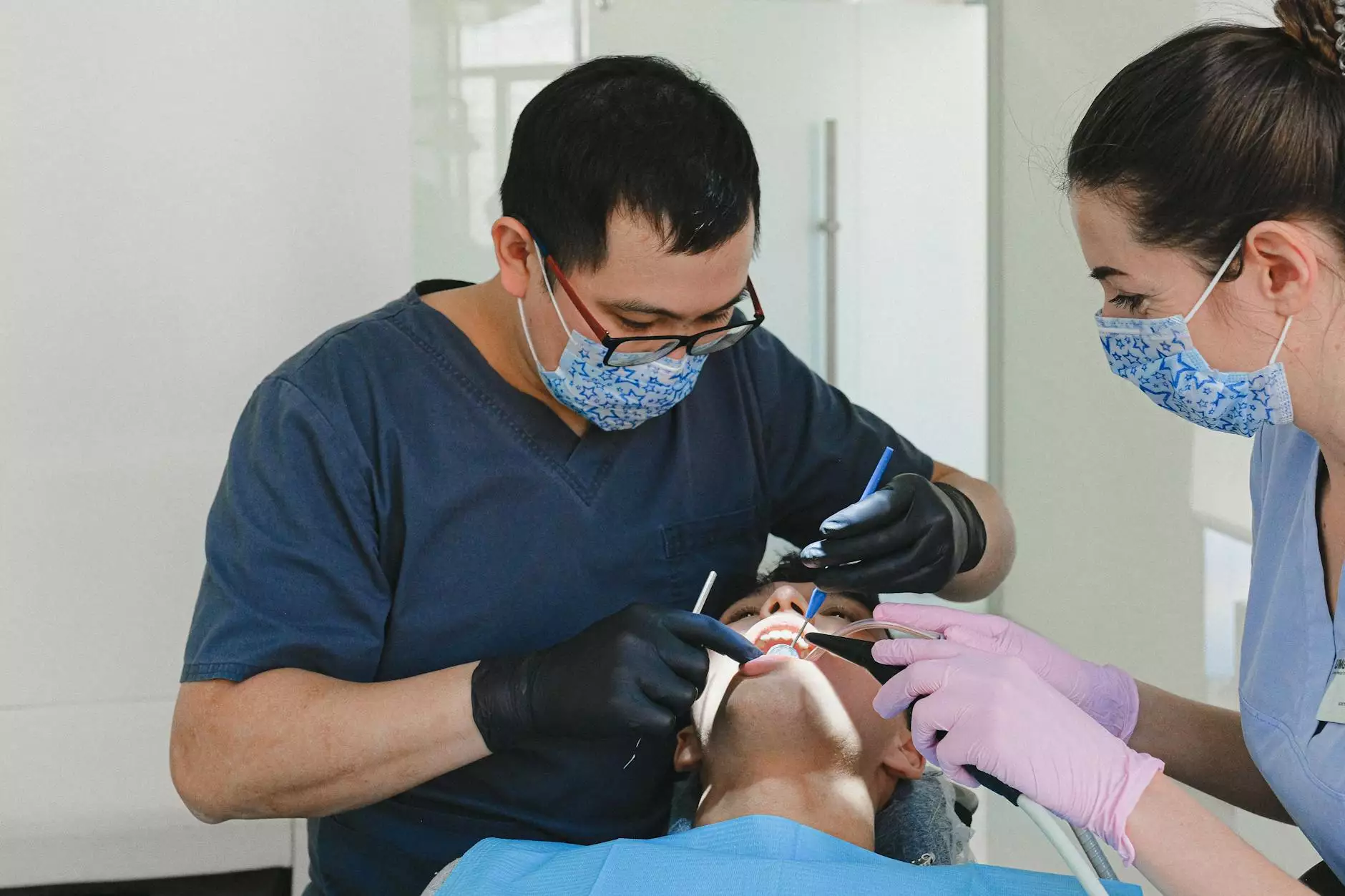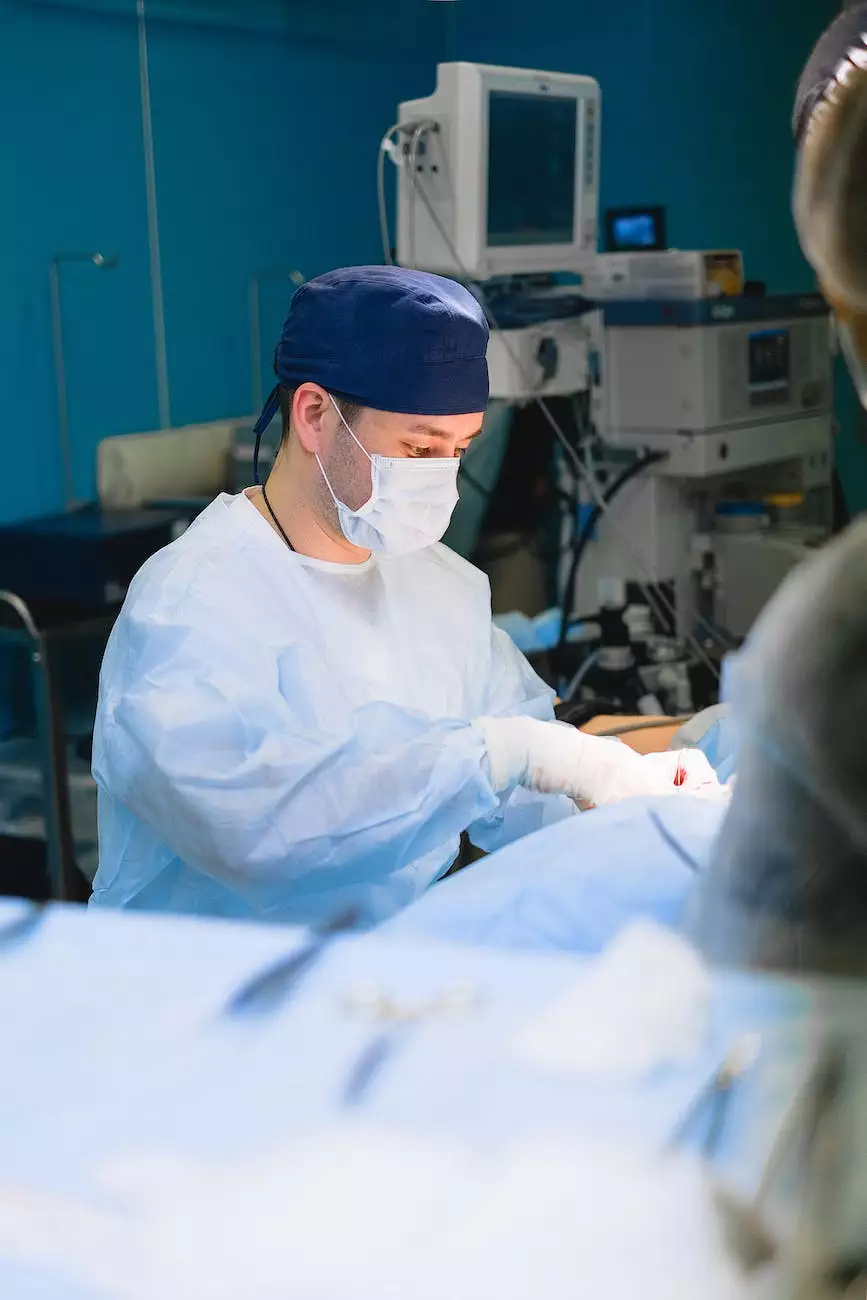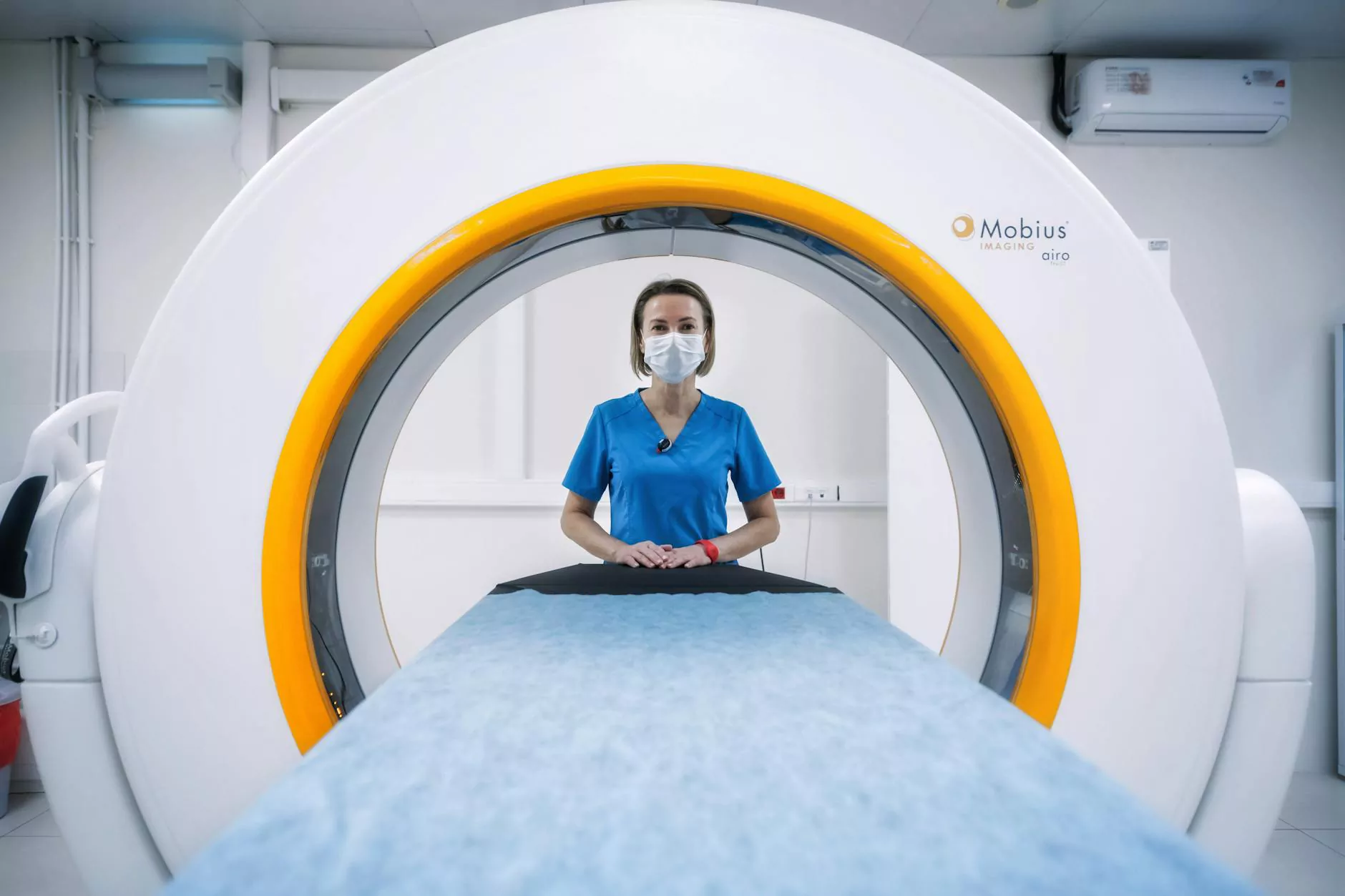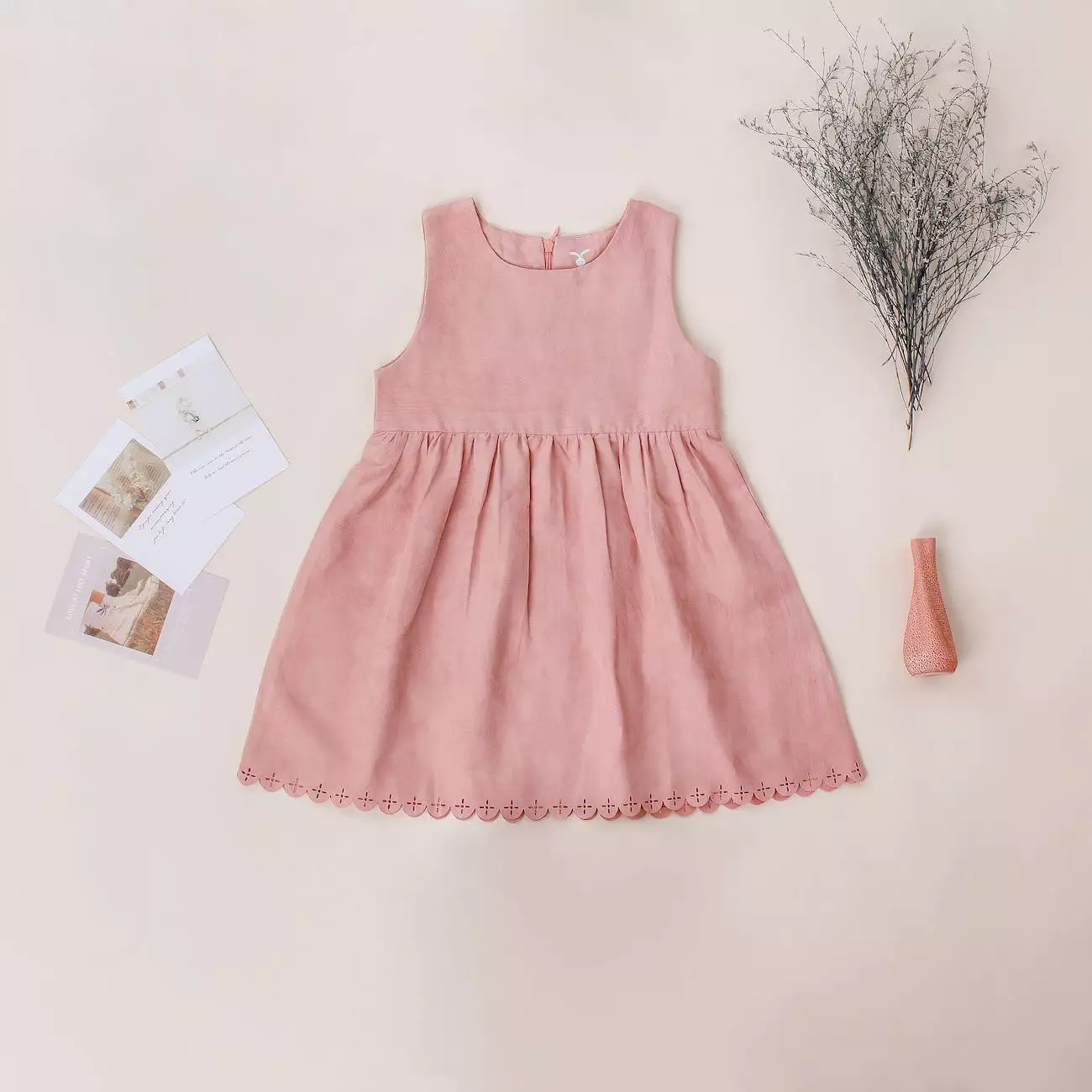Common Questions About Scoliosis Bracing

Introduction
As a trusted resource in the health industry, Foley James D MD is dedicated to providing comprehensive information about various medical conditions. In this article, we will answer common questions surrounding scoliosis bracing, offering insights into its benefits, types of braces, and tips on proper care and maintenance.
Understanding Scoliosis Bracing
Scoliosis is a condition characterized by an abnormal curvature of the spine. Bracing is commonly prescribed as a non-surgical treatment option for individuals with moderate scoliosis curves. It aims to prevent the progression of the curve during growth and improve the patient's quality of life.
Benefits of Scoliosis Bracing
Scoliosis bracing offers several benefits for patients, including:
- Halting or slowing down the progression of the spinal curvature
- Reducing the need for surgical intervention
- Improving overall posture and body alignment
- Enhancing comfort and mobility
- Boosting self-confidence and self-esteem
Types of Braces
There are different types of braces available, and the choice depends on various factors, such as the severity of the curvature and individual needs. Some commonly used braces include:
1. Boston Brace
The Boston brace is one of the most widely used braces for scoliosis treatment. It is custom-made and designed to fit the patient's body shape perfectly. This brace is typically worn for several hours during the day and throughout the night.
2. Charleston Bending Brace
The Charleston bending brace is a specialized brace used for specific cases, such as patients with a single curve. It is worn only during nighttime, exerting pressure on the spine to gradually correct the curvature.
3. Milwaukee Brace
The Milwaukee brace is primarily used for patients with higher thoracic curves. It consists of a neck ring, vertical bars, and a plastic pelvic girdle. This brace also incorporates a chin pad to provide additional support.
4. TLSO (Thoracic-Lumbar-Sacral Orthosis) Brace
The TLSO brace is a rigid brace that supports the entire thoracic, lumbar, and sacral spine. It restricts the movement of the spine and helps in correcting the curvature.
Caring for Your Brace
Proper care and maintenance of your scoliosis brace are essential for its effectiveness and longevity. Here are some tips:
1. Cleaning
Regularly clean your brace with mild soap and water. Avoid using harsh cleaning agents or submerging the brace in water for an extended period.
2. Skin Care
Ensure your skin is clean and dry before wearing the brace. Use cotton clothing to reduce friction and prevent skin irritation. If you notice any redness or discomfort, consult your healthcare provider.
3. Comfortable Wear
Wear comfortable clothing underneath the brace to minimize discomfort. Avoid wearing clothes with excessive seams or patterns that may cause pressure points.
4. Follow Instructions
Strictly follow the instructions provided by your healthcare provider regarding wear time, adjustments, and maintenance. Any concerns or questions should be addressed promptly.
Conclusion
Scoliosis bracing is an effective non-surgical treatment option for individuals with scoliosis. Foley James D MD is committed to helping patients understand and manage their condition better. By offering valuable information and answering common questions, we aim to empower individuals to make informed decisions about their healthcare. For personalized advice, please consult our medical experts for a comprehensive evaluation and treatment plan tailored to your specific needs.










